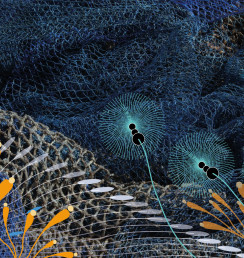Warm interlacing and Made in Italy
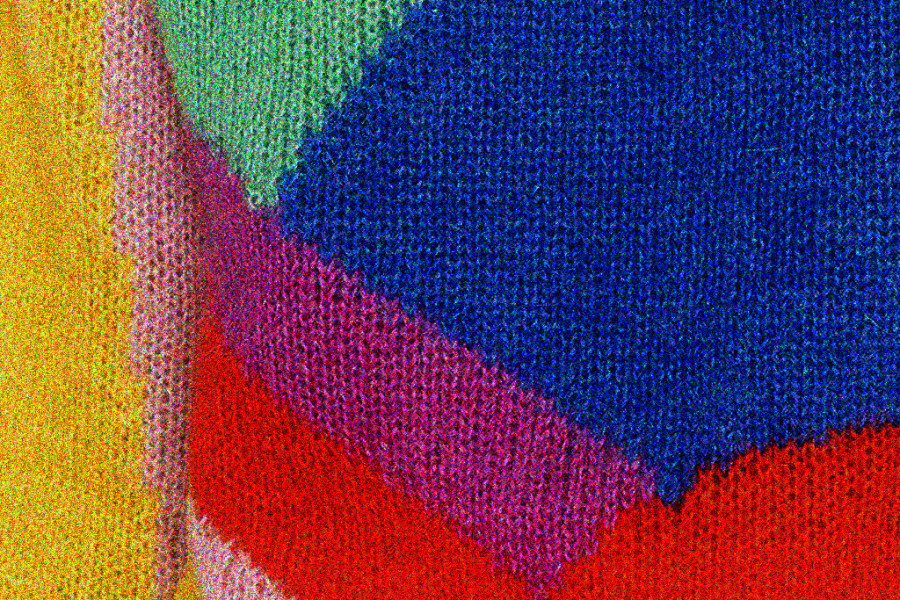
Let me take advantage of today’s story to come out: I am hopelessly sensitive to the cold. Yes, I can no longer hide it: my level of cold tolerance is truly among the lowest ever!
I beg your pardon? Would you like some examples? Well, suffice it to say that I already start wearing gloves at the end of September, I can’t go out in winter without a (strictly stylish) hat, and I have a large collection of outerwear for all occasions (including the breeze on SUMMER evenings). It follows that one of the materials I use most often is wool, the warm and comfortable material par excellence!
The wool of my childhood
Wool represents many things to me, but the strongest feelings belong to my childhood, when woollen clothes were really made of wool and mothers knew how to knit with skill. When I think of wool, the first thing that comes to mind are big, knitted sweaters with hand-embroidered flowers and butterflies, colourful, furry balls at the foot of the sofa moving swiftly as my mum created unique garments made for me and my Barbie. Could my playmate be left out in the cold? The great thing was that the jumper for the doll could be designed and produced in about 20 minutes! What fun! I could then give the stylist’s touch by adding beads and sequins.
Over the years, synthetic fibres have gradually replaced wool, but not always, in my opinion, with satisfactory results in terms of both aesthetics and performance. Personally, a synthetic fibre jumper does not protect me in the same way from the cold!
So I decided to investigate this topic for you by starting to study the types of wool that exist and who produces them, especially in Italy. In the course of my research, I came across the knitwear factory >>>M3 Knitwear and the family history of Marzia Saccon, CEO of M3 Knitwear.
The M3 Knitwear factory is located in San Vendemiano, a town of just under 10,000 inhabitants in the province of Treviso, which thanks to its technical know-how and passion collaborates with famous fashion brands located in different parts of the world.
Here is the interview with Marzia Saccon, owner, with her brothers Mauro and Michele and her sister Reginetta, of M3 Knitwear! We will talk about >>>Made in Italy and >>>Moda Sostenibile! ! [Note 1]
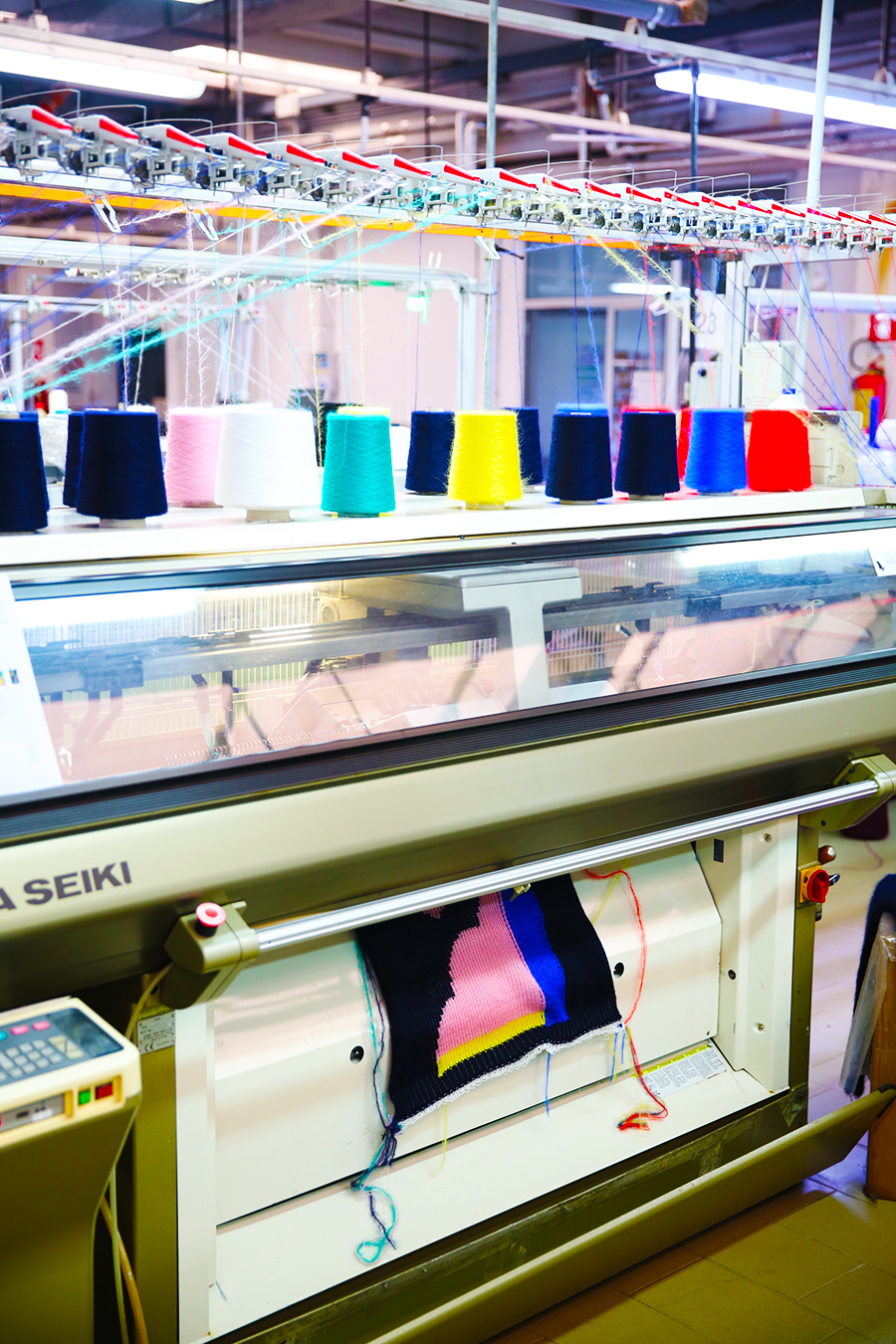
Interview of Marzia Saccon of M3 Knitwear
Maddalena Mometti: Hi Marzia, thank you for your availability. Chic Words aims to describe contemporary fashion, in all its facets, by interviewing designers and entrepreneurs who have particularly distinguished themselves. Today we are here to tell your story, so let’s start in order: how was M3 Knitwear born?
Marzia Saccon: M3 Knitwear was born in 1992 to give continuity to my family’s business. My parents founded a small company from nothing in 1962: zero money, zero materials but just a lot of my mom’s will and my dad’s desire to indulge her in giving her the opportunity to do the work she loved. My mom, Annamaria, had started working at a very young age of 10 because there were no great economic possibilities in the family. As soon as she saved some money, she asked my grandparents if she could go and learn to be a dressmeaker. From this experience was born in her the desire to work in the knitting industry and to open her own business: the Sapam, precisely.
Thirty years later, in 1992 precisely, the company went through a very difficult period due to the first major relocation of the European fashion industry. My parents at that time had about 70 employees, but suddenly, over the course of a couple of seasons, they lost several orders because some major customers started moving production to Hong Kong (in China) and the company was closed.
My brothers, Mauro and Michele, had finished their university studies and had already gained a few years of work experience, while I was graduating at the time. Together with them, we decided not to let the know-how acquired by our parents dissipate and we founded M3 Knitwear. (In fact, M3 stands for the initials of Marzia, Mauro and Michele.)
We preserved some of the pre-existing staff, bought back all the necessary facilities and machinery with the help of a few customers, and started from zero again. We chose to keep the size of the company smaller but to continue to enhance the skills we had acquired and thus continue to produce luxury knitwear especially for foreign brands.
Even today most of our customers are outside Italy, mainly in Europe. These are big names that make total looks, who outsource all their knitwear collections to us.
Maddalena Mometti: A truly fascinating story! Thank you for sharing it with us. A curiosity: why the choice to work mainly for the foreign market?
Marzia Saccon: Let’s say that a series of conditions led us to enter this kind of market. Already my parents were exporters. In the 1970s in the fashion world there was a big boom for Italian knitwear, which was really in great demand by foreign companies, especially Americans and British. So from the very beginning our company weaved relationships with the foreign market, which is characterized by a different working method than the Italian one. The demands from foreign customers were: ability to have staff dedicated to the individual customer, language skills (which at that time were not as widespread as they are today), precision and rigor in delivery, and even interpersonal skills! It was not so obvious at the time to be able to interface properly even at a distance, but it was good and exciting: with some clients we can say that we have really grown and evolved together! We have a major client that we have been working with since 1988 for example!
I would say that our relationship with the foreign market has been a natural evolution of things because first through the business opportunities that were coming up and then through our ability to respond to their requests. And then I think also thanks to word of mouth: in fact, we have many relationships with companies in northern Europe who know and appreciate us and then choose us!
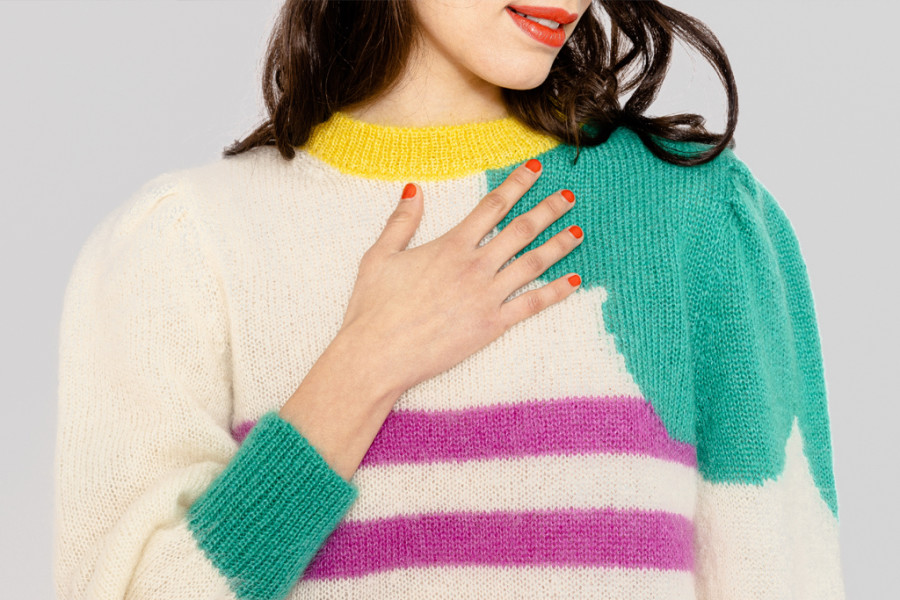
A “fantasist knitwear company”
Maddalena Mometti: I read on your website that you call yourself a “fantasist knitwear company” because of the use of raw materials of different types but all made in Italy. How did this name come about? Which raw materials do you use and which are the most innovative?
Marzia Saccon: I started using this term to explain to various interlocutors the specificity of our work: in my opinion, knitwear production is divided into two major categories. On one side there are what I call the “classic” knitters, who work in a specialized way with very noble fibers such as pure cashmere or cashmere-silk for the production of basic garments, preferring plain colors and essential shapes for the manufacture, where the added value is given mainly by the quality of the material used. On the other side there is us. M3 Knitwear has always made patterned productions and, for this reason, has always used many different raw materials. For example, we are very skilled in jacquard workmanship, know-how that we inherited from the Sapam knitwear factory created by my parents. In the 1960s and 1970s Italian fashion and, especially knitwear, was interested in the taste for rich, complex and colorful decorative motifs. Think, for example, of the creations of Pucci and Roberta di Camerino on textiles, Missoni and Krizia in knitwear… Later such decorative motifs were in less demand, replaced by other suggestions that we were able to satisfy thanks to the skills acquired in the period of the jacquard boom. This is a specificity of ours that we wanted to preserve in order to make it available to our customers.
Moreover, we never produced an entirely “classic” knit. Even in the case of the absence of pattern, the preciousness of the garment was given by the mixing of different yarns, the study of custom stitches and weaves, and the creation of innovative volumes in the making. In some cases, through input and exchange of ideas with our customers, we created truly unique shapes that almost required an instruction booklet to understand how the knitted garments were to be worn! It was really exciting!
In the last 7-8 years the demand for jacquard work has become very important again, and the fact that we have preserved in our archives the history of stitches devised in the past and the very memory of the staff who have been working with us ever since, has been a great strategic advantage! In addition, of course, to the constant technological updating of the machinery. We have therefore been able to repurpose even very complex workings that perhaps other colleagues are no longer able to reproduce at present.
Maddalena Mometti: I’d like to see some examples of these jerseys with innovative volumes. Who did you make them for?
Marzia Saccon: Mainly they were models by Marithé et François Girbaud. Another signature we have been collaborating with for quite some time is Sara Pacini, a Belgian brand that is currently working, however, more on the stitches and the three-dimensionality of the knit itself, not so much on the volume. We have also worked for Thierry Mugler. Innovation in contemporary fashion is mainly aimed at the issue of sustainability. And ensuring a sustainable product by using many different yarns and materials is an interesting challenge!
Maddalena Mometti: What are the materials that you work with?
Marzia Saccon: In the winter seasons we work mohair of various types, different types of alpaca wool and also mixes of different yarns.
In summer we use viscose yarns, linen, cotton, all high-end, very fine yarns. Some of them also have yarn mixes with polyamide and polyester, which are used to give structure to the yarn itself, and mixes with lurex yarns to give shine. We work with so many different fibers!
In the winter we are mohair specialists, working both the high quality non-stretch firm mohair, stretch mohair (which is tricky to work with and requires specialized skills)and silk mohair of controlled and certified origin for a customer who makes only completely sustainable products.
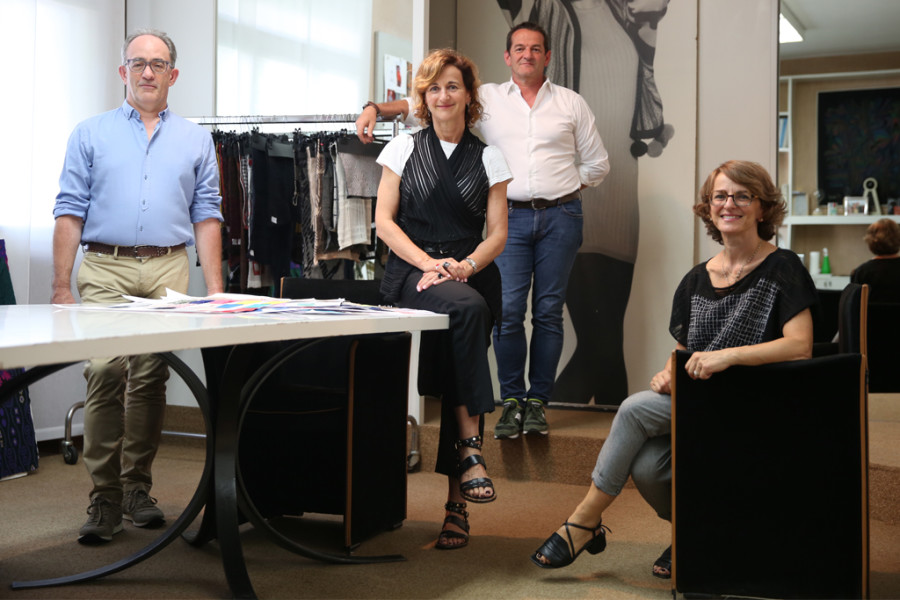

Commitment to Sustainable Fashion
Maddalena Mometti: If a brand asks you for a sustainable product, how does that process play out?
Marzia Saccon: We first started this kind of project a few years ago for the brand Katia Sanchez, which started with us to make its sustainable fashion collections.
First of all, we identified a material that was pure so that it could be recycled as easily as possible. In addition, a high quality natural raw material allows the garment to have a long life. Obviously, for this to happen, the various processing steps of the garment itself, such as weaving and tailoring, must also be carried out with great care. Finally, the garments must be treated by us in a very specific way so that they can then be safely washed at home while maintaining all the original characteristics of beauty, softness and wearability. Let us not forget that the packaging must also be appropriately respectful of sustainability rules.
From this first project onward, we too wanted to embrace a path of sustainability. We buy certified yarn and we are working to ensure that all the workmanship we make is certified as well! This is a slow process, made up of many steps. Thanks to some European funding, we have taken some courses to educate ourselves on the subject and have been mapping the company to understand our degree of sustainability and how to improve. As far as social sustainability is concerned, we are already at the highest level because our company has always strived to minimize energy and material waste. In addition, any leftover materials are made available to third parties, such as for nursing home residents. We have already started to organize the deliveries of our finished products in a more calculated way with the aim of reducing the number of trips, thus the CO2 emissions caused by them.
Maddalena Mometti: Just a curiosity: when you talk about certified materials from a sustainability perspective, does that also cover avoiding mistreatment of animals?
Marzia Saccon: Absolutely! Let’s take the case of certified mohair as an example, which has to come from farms that guarantee that animals are not mistreated. Goat farms for making mohair wool have long since begun the certification process. These are large-scale farms that, because of the living conditions required by this type of goat, are located in South Africa, Texas and Turkey. In the case of alpaca wool, on the other hand, the farms are small and scattered over vast geographical areas, a fact that makes it very difficult to be able to carry out controls. Add to this the fact that the demand for certified raw materials is increasing exponentially, while the supply is not large enough, at least at the moment! For this reason, orders for certified raw materials should be placed a year in advance and in small quantities!
Maddalena Mometti: Are there certified farms in Italy?
Marzia Saccon: A few but very small. There are more in France, in the Pyrenees, but still small.
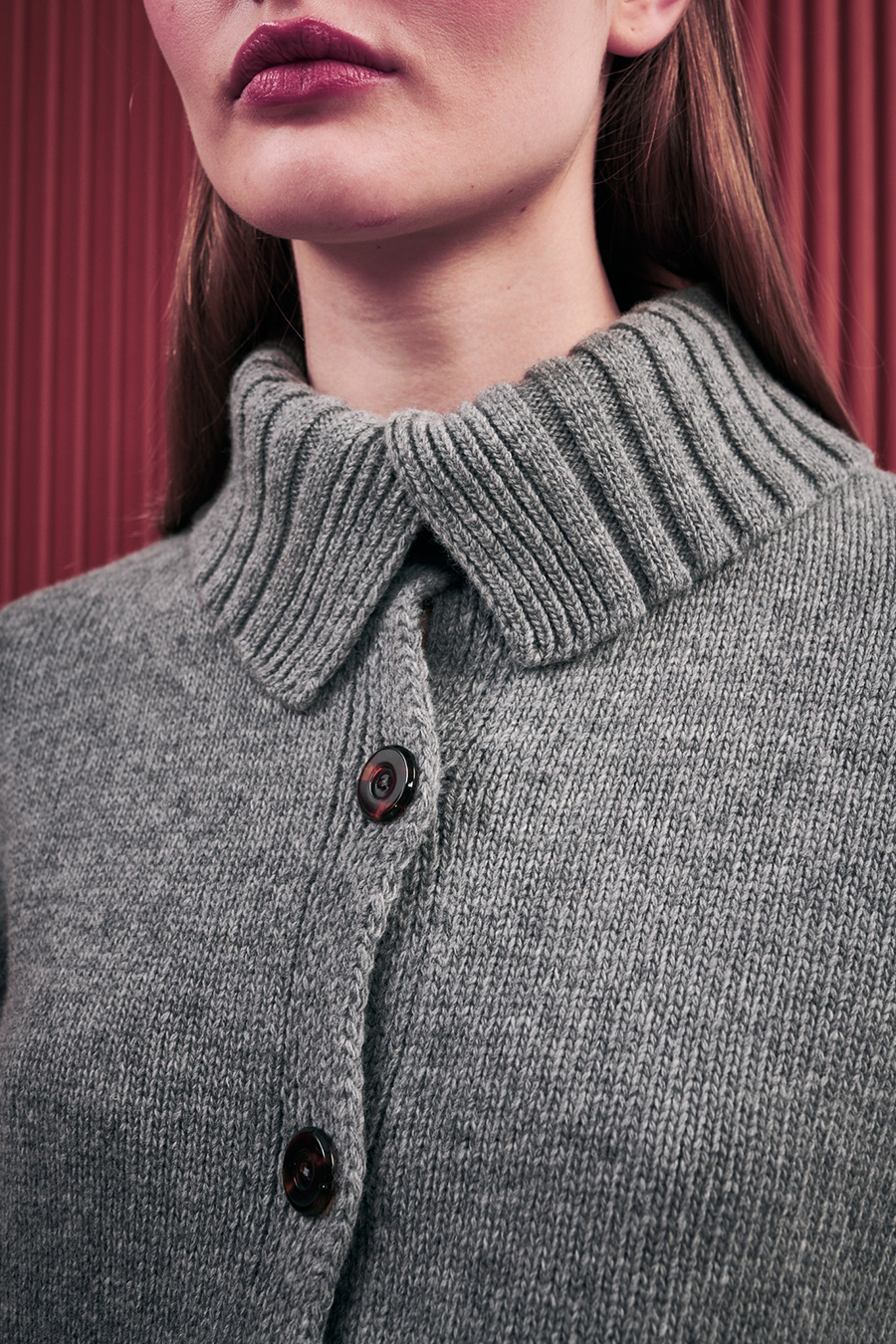
Where to see products from M3 Knitwear
Maddalena Mometti: Where is it possible to buy some of the products made by you for the brands you collaborate with?
Marzia Saccon: Most of the brands we collaborate with also sell through e-commerce. Some garments made for Sara Pacini are also available in La Rinascente chain stores. Katia Sancez sells exclusively online. Natan, in Italy, also sells only through e-commerce.
Collaboration with big brands
Maddalena Mometti: For a brand, how is the collaboration with you?
Marzia Saccon: Every early season we make a selection of yarns from the different Italian spinning mills for our clients. Some of the brands we collaborate with come to us at the company to see the color charts, for others we move or work remotely.
We then make stitch proofs together, interpreting the style, the philosophy of the different signatures, from sketches, photographs, detailed patterns or even just emotional suggestions that are provided to us. Having approved the stitch diagrams, we move on to prototype making.
The whole process takes 3 to 4 months and is repeated twice a year for the main seasons. But there are some clients who do not follow classic programmed seasonality and fit into this calendar with customized timing. This is a very close collaboration where we have from time to time 5 or 6 people from our staff dedicated to a single collection. For each client we manage to develop as many as 60 / 70 different patterns! In order for our work to be sustainable, including the purchase of raw materials without surcharges, we consider a minimum production of about 150 / 200 pieces per pattern.
Maddalena Mometti: What does knitting mean today? How have the technologies changed?
Marzia Saccon: On one hand, knitwear is constantly evolving technologically in terms of both machinery and programming and processing speed. The figures of textile machine programmers are very important! Even personnel who have been working with us for decades have to take refresher courses every 1 or 2 years. On the other hand, knitwear remains a very artisanal job in terms of making and finishing. There is a dualism that has to coexist.
Knitwear in Italy has evolved because the whole supply chain has been kept active in Italy. The most important spinning mills are all Italian, they buy foreign raw materials, but the finest and most beautiful yarns are all produced in Italy! Many knitters have been preserved. The manufacturers of accessories and zippers, the experts in embroidery and finishing are there. And they are essential because they all bring innovation and creativity to the finished product.
In France, for example, there are no more knitters! All French brands find themselves having to produce abroad, and a great many come to Italy. So you can understand how very important it is to preserve the supply chain in order to maintain this specific strength of Made in Italy!
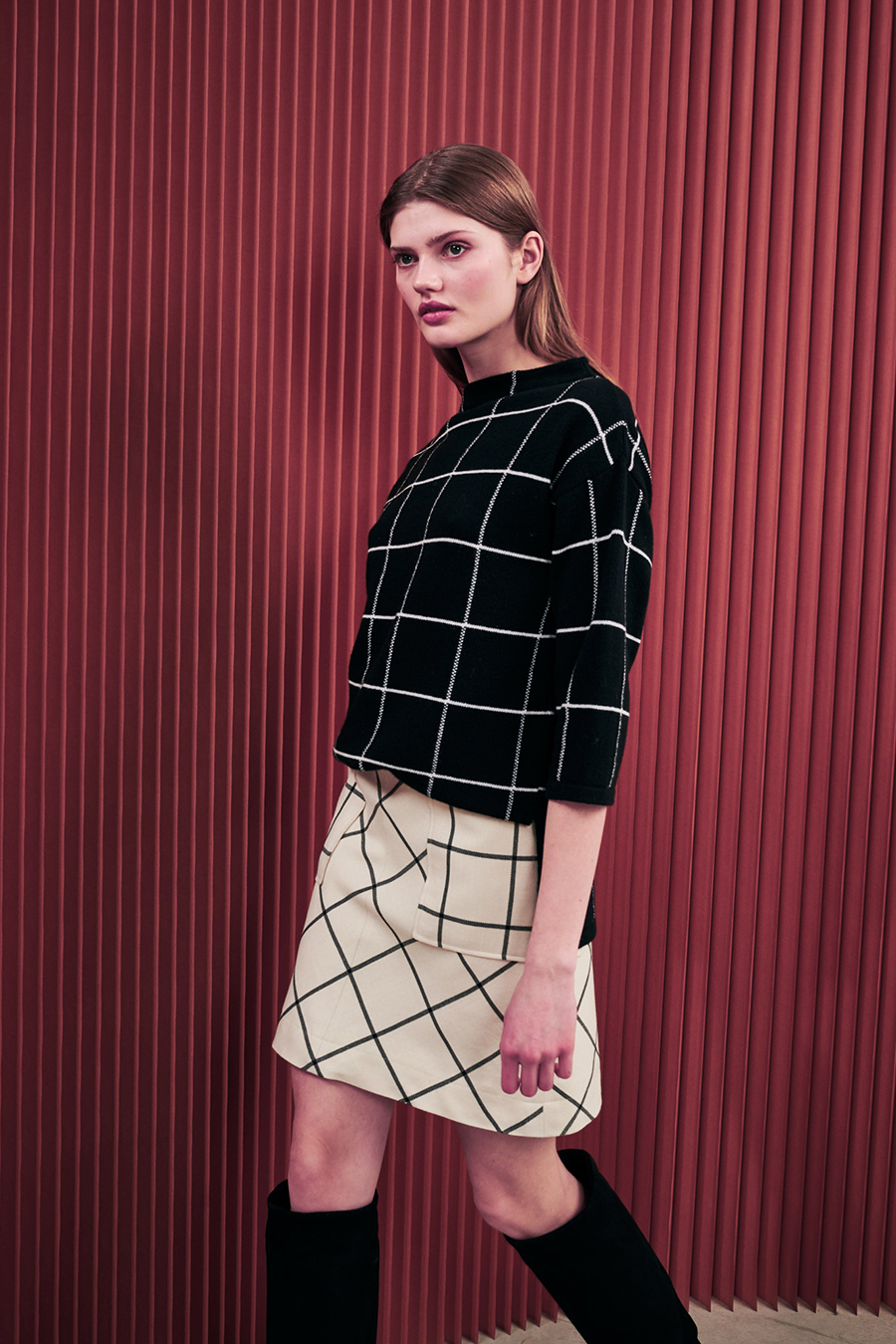
More gems about ecoglamour:
>>> Green Carpet Fashion Awards 2020 “What we wear speaks to who we are and what be believe in” Robert Downey
>>> Aquafil: a company where the economy is truly circular N.B. Aquafil is one of the sponsor of Green Carpet Fashion Award! We love it!
>>> Ananas for your ecoglamour
>>> Ecoalf: rethinking fashion business models
>>> Carry Somers’ revolution
NOTES
[1] Interview with Marzia Saccon by Maddalena Mometti on March 7, 2022.
IMAGES
Images courtesy of M3 Knitwear. Starting with the other:
[image 1] Detail of knitwear made for Katia Sanchez
[image 2] Photos of the production area of M3 Knitwear
[image 3] Detail of knitwear made for Katia Sanchez
[image 4] Photo of M3 Knitwear managers
[image 5] Photo of M3 Knitwear staff
[image 6] Detail of knit made for Natan
[image 7] Detail of knit made for Natan

